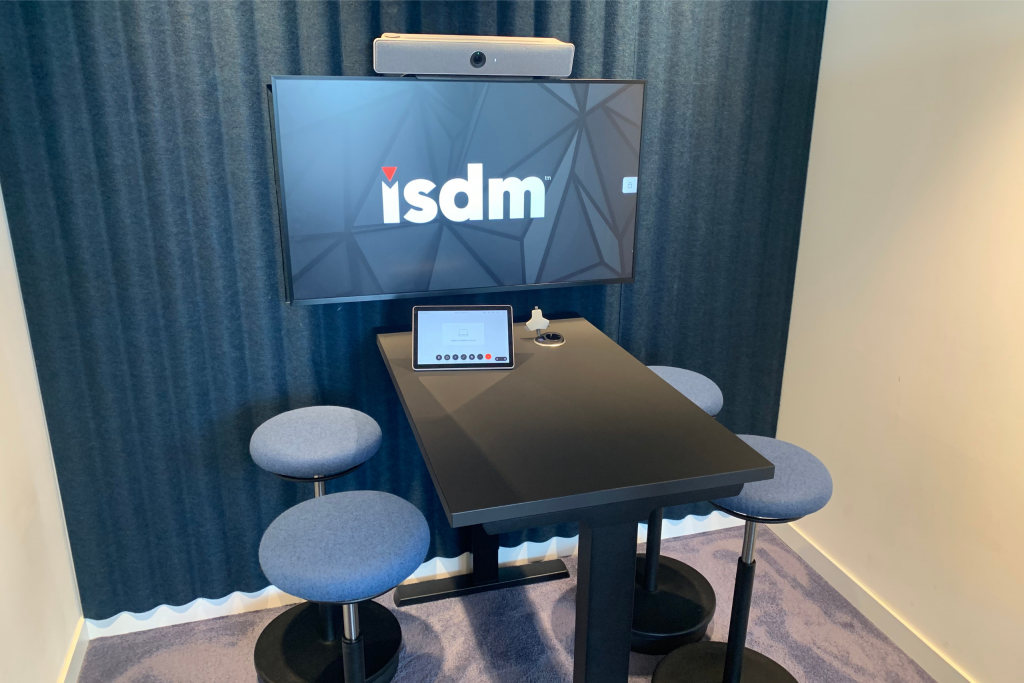Find yourself perpetually asking others on Teams calls if they can see your screen? Run into issues when you have a companywide call, and specific teams struggle to dial in?
In just a short span of time, we have witnessed a slew of advancements in meeting room solutions, not just in terms of how they are used, but how they empower collaboration.
Truly gone are the days when a big meeting would need to see everyone be in one room. But now that working from home, flexible office environments, and immediate connections mean meetings can take place anyway, how can businesses stay ahead when the “reality” of having a meeting keeps changing?
Let’s look at the latest evolutions in meeting room tech, and how we help clients stay ahead.
The turning point for meeting room technology
As with most things in the workplace, COVID acted as the crucial turning point for meeting room tech. It became less about being heard (i.e. dialling into meetings) and being seen.
While smaller businesses could move to platforms like Zoom, RingCentral, and such, larger businesses now had a need to consider the following:
- What level of security was needed
- How meeting tech could integrate
- How staff could access meetings

What are the key features of modern meeting room technology?
Working with many clients, we know the points above are only the tip of the iceberg for addressing their needs.
There’s the brick-and-mortar need of how to present yourself (camera positioning in conference rooms), how content needs to be shared, what level of collaboration is necessary in a meeting and more.

How can upgraded meeting room solutions benefit businesses in terms of collaboration?
When the meeting room became “any laptop with a camera” it fundamentally changed how we present ourselves and information. This became obvious with businesses making a return to the office. For example, a widespread occurrence for businesses without meeting room solutions would be people in a meeting room deciding whose laptop will be muted, who will have their mic on, who will mute and unmute when taking turns.
What should companies consider when implementing new meeting room technologies?
Usage and need are the two main drivers/building blocks any business should consider before implementing anything at all. For example, if your business internally uses the likes of MS Teams, but all external client calls and meetings take place through Google Meet, Zoom, CISCO, etc.

What’s one thing companies don’t think of for their meeting spaces?
People now expect a certain degree of ease with meeting room tech. It’s not too odd to assume that someone below a certain age can quickly know what sources to use on a meeting room TV and how to get screen sharing ready, but ask them to work a conference table phone, and it’s a no-go.
Ease is pivotal, especially in making meeting room environments a pleasant atmosphere. We recently blogged about Microsoft Copilot elevating productivity, pointing out how vital onboarding is – a clear-as-day indication of why seamlessness is still pivotal for meetings.
How can I get a view on where my meeting solutions stand?
Every business has unique needs. We recommend getting acquainted with some of our meeting room solutions first, or looking at some of our case studies to see how we help businesses of all sizes.
You can also contact us here.



